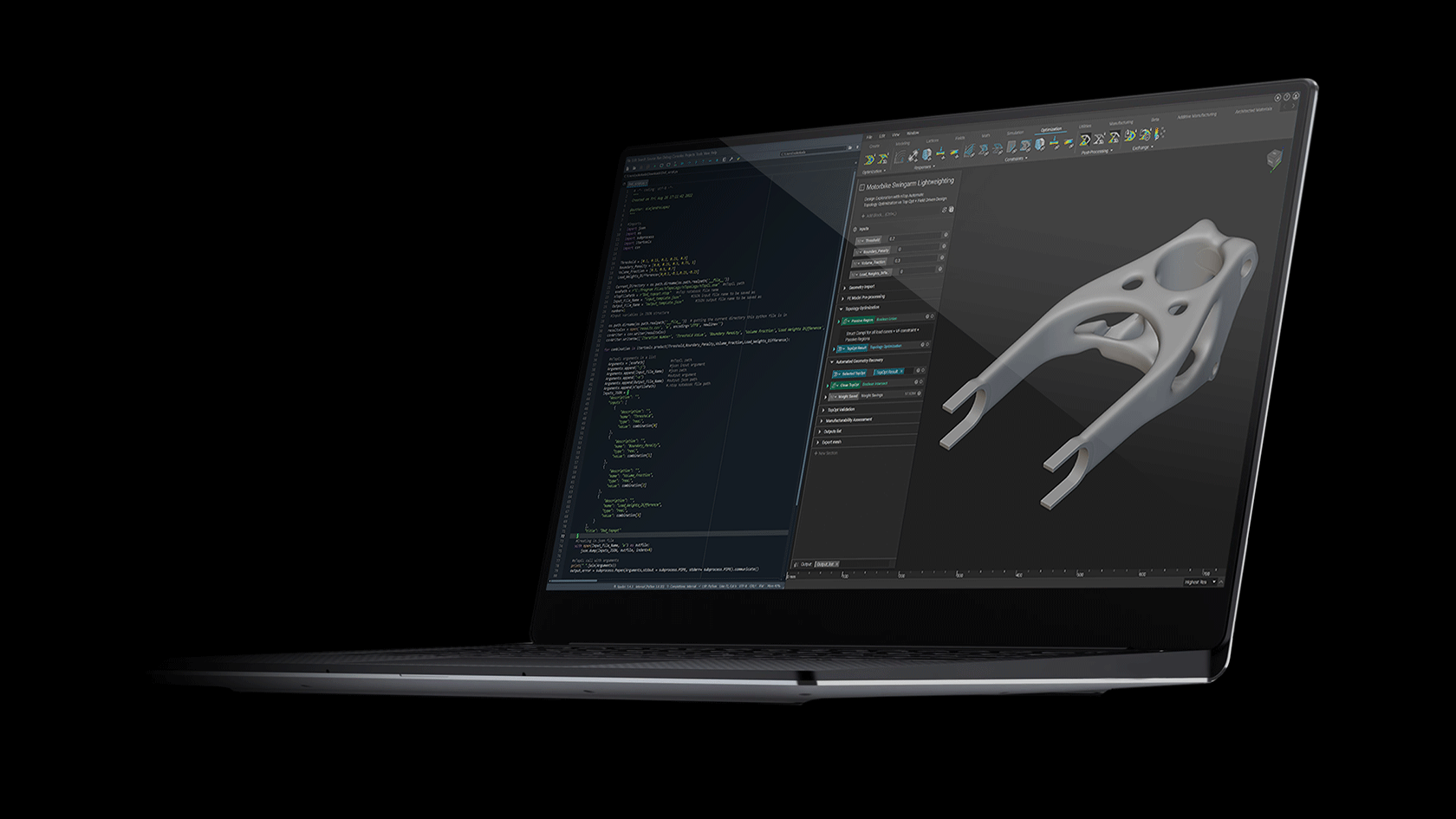Tangible Solutions | Designing surface roughness for orthopedic devices
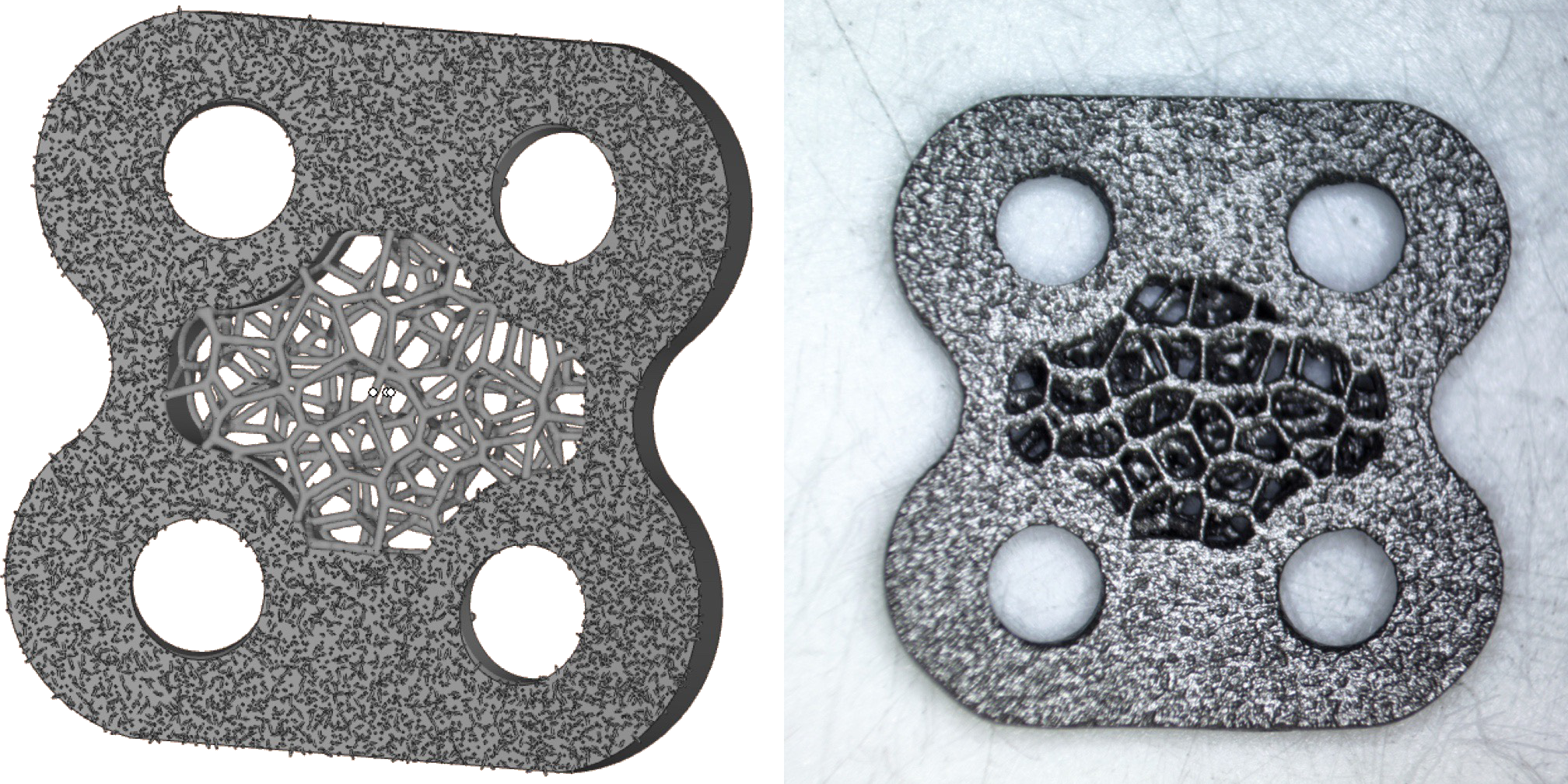
Written by Matt Shomper | Additive Medical Engineering Director, Tangible Solutions
Published on May 24, 2019
Surface roughness in metal additive manufacturing has always been viewed as a by-product of the process instead of a design feature - specifically in the biomedical space. As additive machines become increasingly more precise, tools like nTop are creating functional models with surface roughness intentionally designed into parts.
Tangible Solutions is a medical device contract manufacturer that helps companies realize their designs in additive - and nothing is better than seeing digital come to life as a tangible, functional part. We have built our reputation on high-quality additive manufacturing of titanium orthopedic implants - and strive for perfection in all aspects. As machines and tools become more advanced the window is opening to allow for increasingly more complex designs and feature generation. One such design feature that is often brought up is surface roughness. In the biomedical field researchers have long been studying the effects that surface roughness of implants have on various key indicators - most notably osseointegration. Osseointegration is directly related to the stability that the implant is able to provide post-surgery and thus allow for better outcomes via faster fusion times and better bone ingrowth into the implant. One such article is Effect of surface topology on the osseointegration of implant materials in trabecular bone, published in the Journal of Biomedical Materials Research in 1995. It stated “an excellent correlation (r2=.90) was found between the average roughness of the implant surface and pushout failure load.
On the other end of the spectrum is the ability to manufacture additive parts with increasingly finer resolutions allowing for improved surface finishes. For parts stressed repetitively like implants in the body things like stress propagation and material defects become vital in the parts’ ability to withstand the loading required of them. In notch-sensitive (notch sensitivity is a material’s propensity for a crack to propagate) materials like titanium, it is doubly important to reduce process variability and ensure the manufacture of the device is consistent 100% of the time.
One thing we hear all the time from customers who have engaged other additive vendors is that surface roughness is indicative of the process - in fact, because surface roughness has been so studied they tout it as a benefit of their process - rather than a simple lack of control. The industry has adopted a mantra of “additive is close enough but you really need to post-process further to achieve consistency” or “post-processing is more than 50% of the cost and additive is not a viable mass production method.” These types of statements are disingenuous to companies like Tangible striving to raise the bar in additive orthopedic implant manufacturing.
Tangible Solutions process capability
See the below image for a comparison of the same part built using different contract manufacturers. Note that all are ISO 13485 certified manufacturers producing implants for companies. Can you guess which one is Tangible Solutions? If you guessed the center then you’re right! Also, notice that Tangible did not do any deburring or smoothing of these features beyond a few simple cleaning operations to ensure no powder remained on/in the part. I think it’s easy to see how some people come to the conclusion that the process is inconsistent if you just looked at the top and bottom pictures and a customer may ask themselves “how is it that I can achieve consistency across all of my parts in all cases built on any machine?”
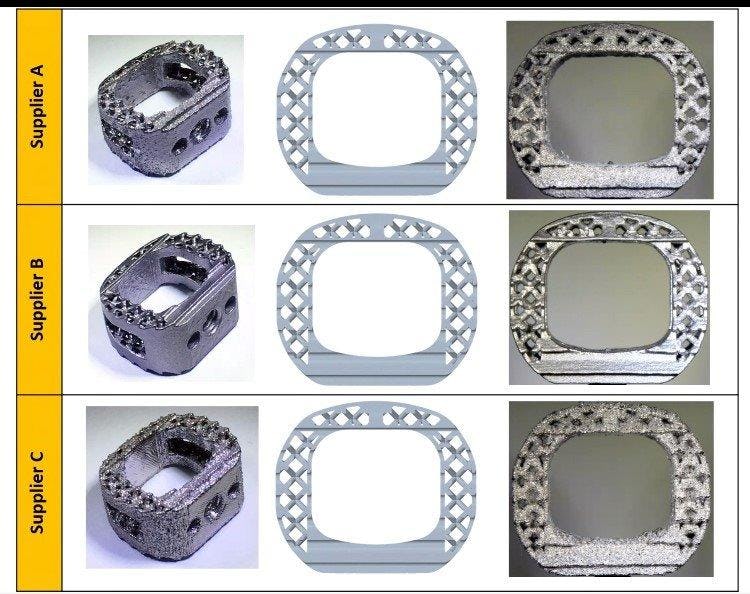
Surface roughness comparison of the same design printed by various suppliers.
With Tangible Solutions’ process, it’s possible to achieve consistency that gives our customers the ability to mass-produce all of their components with confidence that there will be no variability from part to part.
Another good comparison shown below illustrates the measured surface morphology of differing parts/processes. Note the consistency of the minimum resolution offered by Tangible’s process.
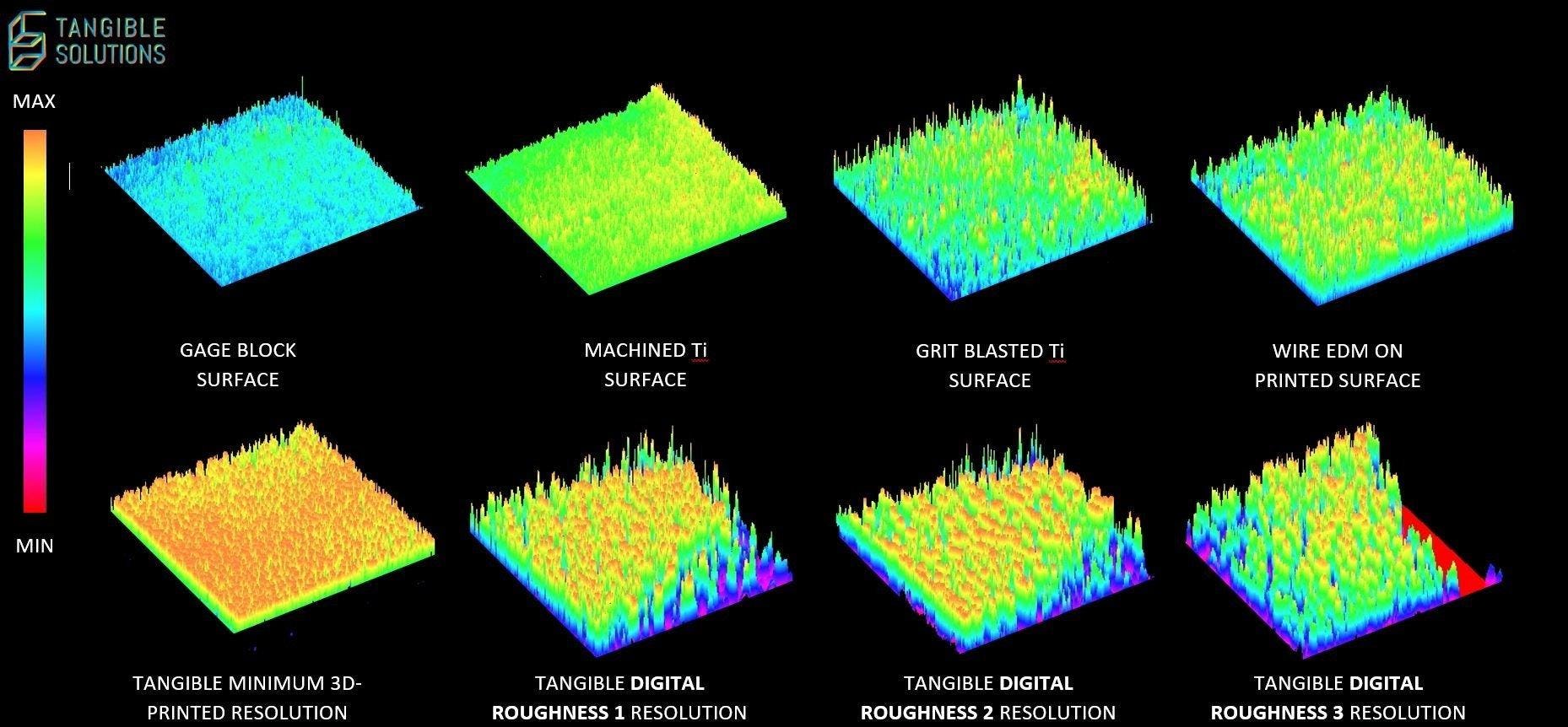
The spectrum of surface resolutions offered by Tangible Solution's 3D printing process.
Now that we’ve established the importance of smooth surfaces for stress reduction and surface roughness for osseointegration for additive orthopedic parts, let’s discuss the power of tools like nTop that enhance the processes here at Tangible!
The power of digital creation of surface roughness
Knowing that the additive process is capable of consistently resolving extraordinarily small features, we can rely on generative tools like nTop to create complex surface geometries that resolve exactly as they are supposed to - what you see is what you get! nTop software is able to create surface beam elements stochastically (having a random probability distribution or pattern that may be analyzed statistically but may not be predicted precisely) by using existing surface geometry in a model. See below in Image 3 for an example spinal cage with a single surface extracted from the Parasolid file. Utilizing these tools we can adjust beam height, beam direction distribution, cell spacing and offsets. We can also tie the generation of the feature to a seed - which helps us control the exact generation of that feature in the source file - which we’ll show the importance of shortly.
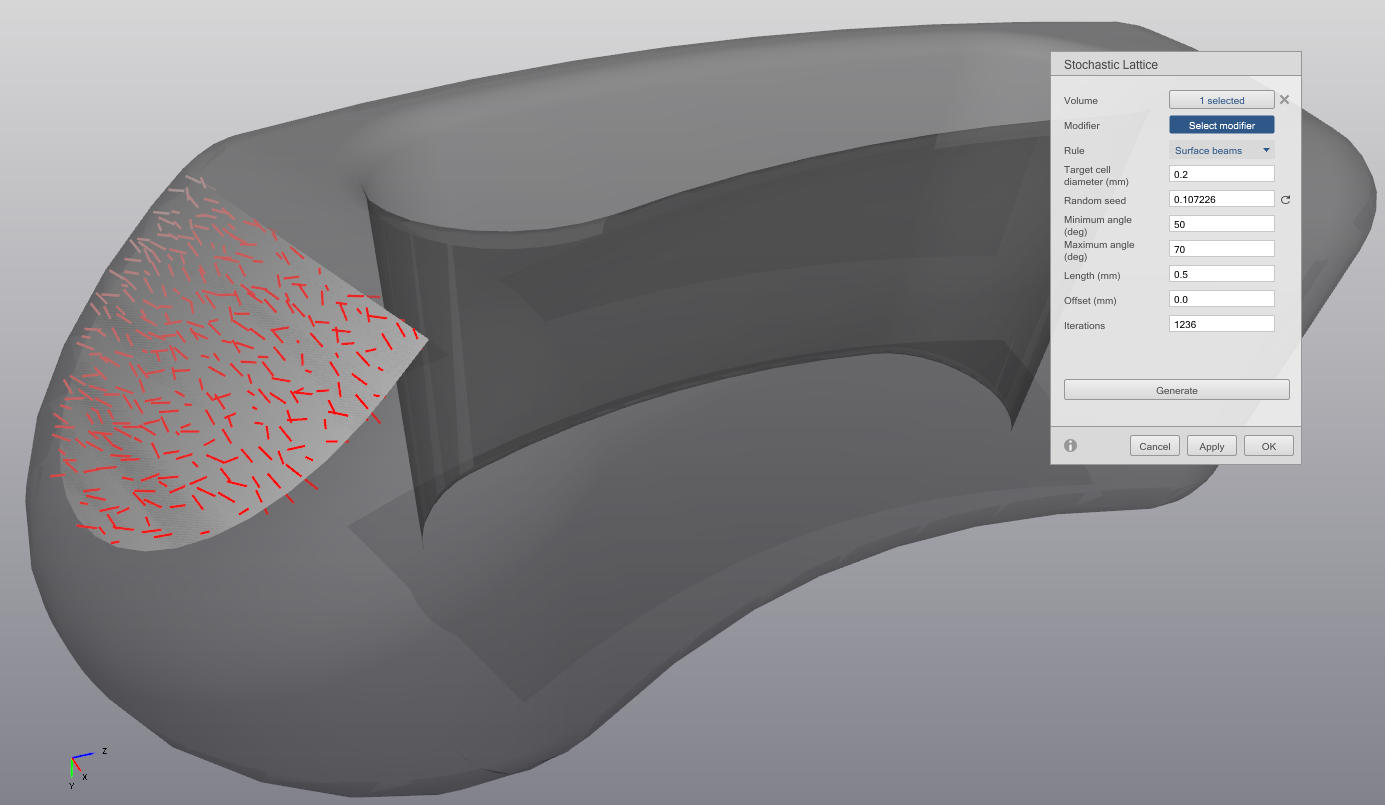
Image 3. Surface beam generation on an example spinal cage utilizing nTop’s software.
The extraction of these features allows for precise features generated in localized sections of an implant. Surfaces can be kept smooth for instrument or part engagement, or roughness can be varied accordingly through gradient tools. Surface beam elements can then be thickened and combined to a main body through Boolean tools or exported and merged in other programs prior to being placed on a machine. The next two images show thickened surface beams.
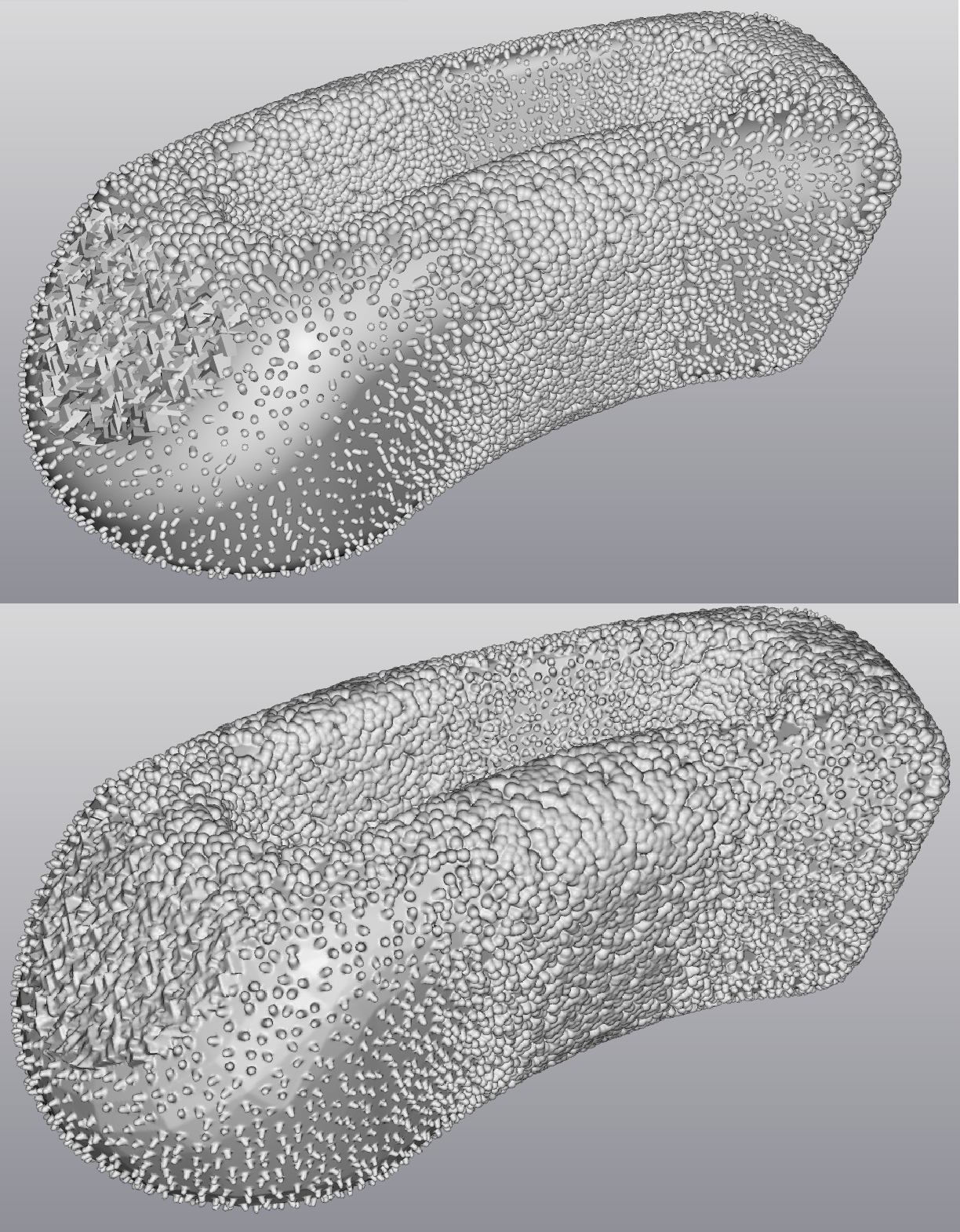
Thickened beams pre- and post-boolean merge.
Note the gradient from small elements at the nose of the implant to larger elements at the back. This can be merged with our earlier surface on the nose of the implant to create features that are more aggressive. As mentioned earlier, it’s possible to only select desired surfaces for performing these operations and exclude features that need to resolve smoothly. This allows for implant endplates to have the appropriate roughness while also allowing for internal lattice beams to resolve cleanly so that a specific strut/pore combination can be realized.
The next series of images show the extent to which the surface can be customized by varying spacing, element size, element thickness, and beam orientation. The Boolean tools in nTop programs also allow for various levels of “smoothing” in order to reduce sharp corners and thus stress propagation.

Varying surface morphologies achievable with nTop.
nTop is also further raising the bar with additional powerful tools that allow surface roughness to be customizable quickly and efficiently. See below for a cervical implant lattice that has been smoothed with Platform’s Boolean tools in order to reduce node stress during repetitive testing - and then random noise has been added to alter the micro surface morphology of the part to increase surface roughness.
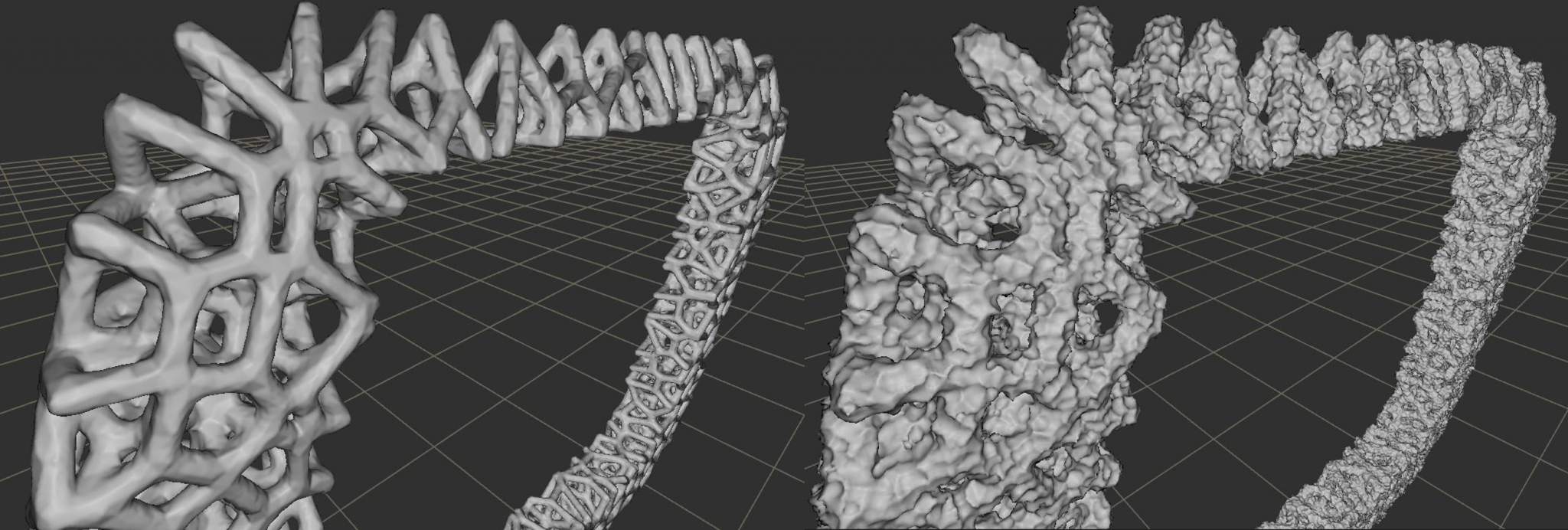
nTop’s boolean and random noise tools used on a lattice.
After exporting surfaces and printing, Tangible is able to resolve both ends of the spectrum - both smooth surfaces comparable to machined titanium as well as extremely rough surfaces equivalent to an E-Beam process (touted for its rough surface finish) - and do so extremely consistently (shown here in a recent Tangible Solutions’ internal study). The below side by side images show two of the same parts on different build plate locations - element sizes of 200 micron surface beams resolving on a micro scale to create roughness - resolving exactly the same way.
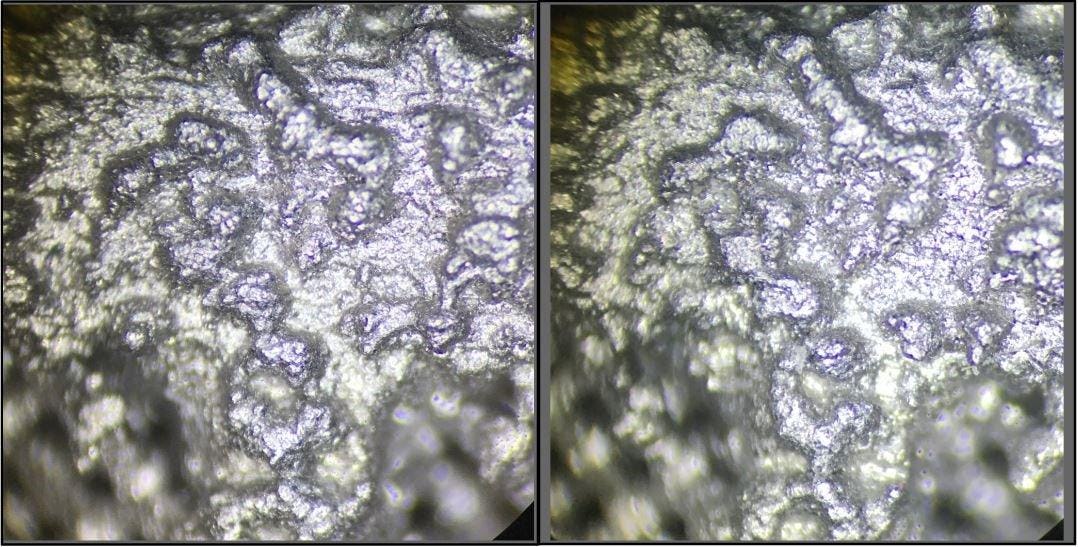
Comparison of two parts showing consistency to resolve nTop features.
Learning more
In this post, we have explored how additive manufacturing is evolving to allow for increased consistency of surface resolution and how tools such as nTop Element and Platform are enabling this. The creation and customization of highly-precise and repeatable surfaces are truly an essential feature that will help propel the use of additive manufacturing and improve the performance of medical devices.
To learn more about Tangible Solutions check us out on our LinkedIn page or head to our website at tangiblesolutions3d.com.
To learn more about nTop solutions for the medical industry and to request a demonstration, please visit their medical industry webpage.
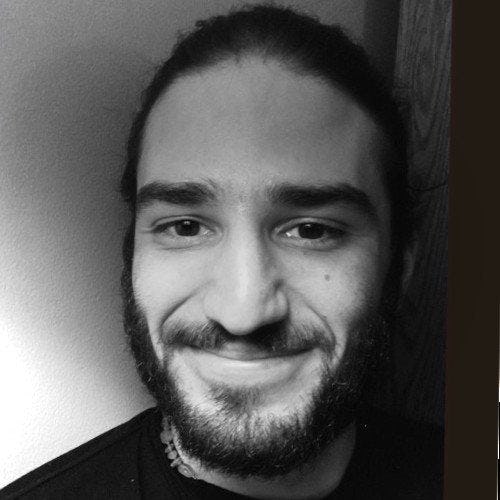
Matt Shomper
Additive Medical Engineering Director, Tangible Solutions
Matt is an innovative engineering leader with a strong interest in next-gen and upcoming technologies and is keeping on the forefront of additive and materials advancement in his field. He is currently building and leading a world-class, highly technical engineering department in the additive manufacturing space. With many cleared medical devices released into the field now residing in numerous patients worldwide, Matt has proficient skill in developing solutions quickly and effectively to provide the most cost-effective solution in the shortest amount of time.
Related content
- GUIDE
Download: Advanced design software and additive manufacturing for personalized implants
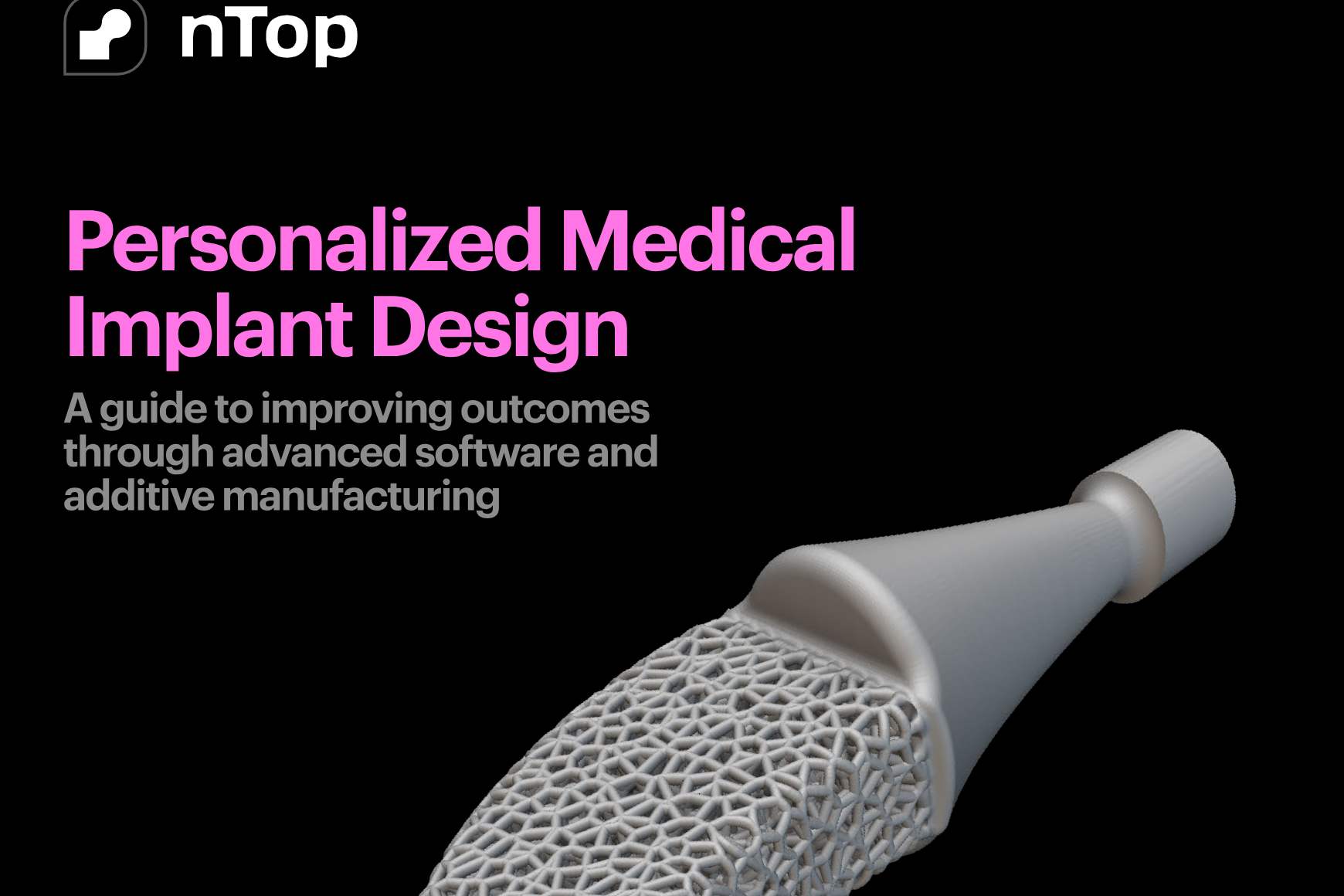
- GUIDE
Download: Design Automation for Medical Devices
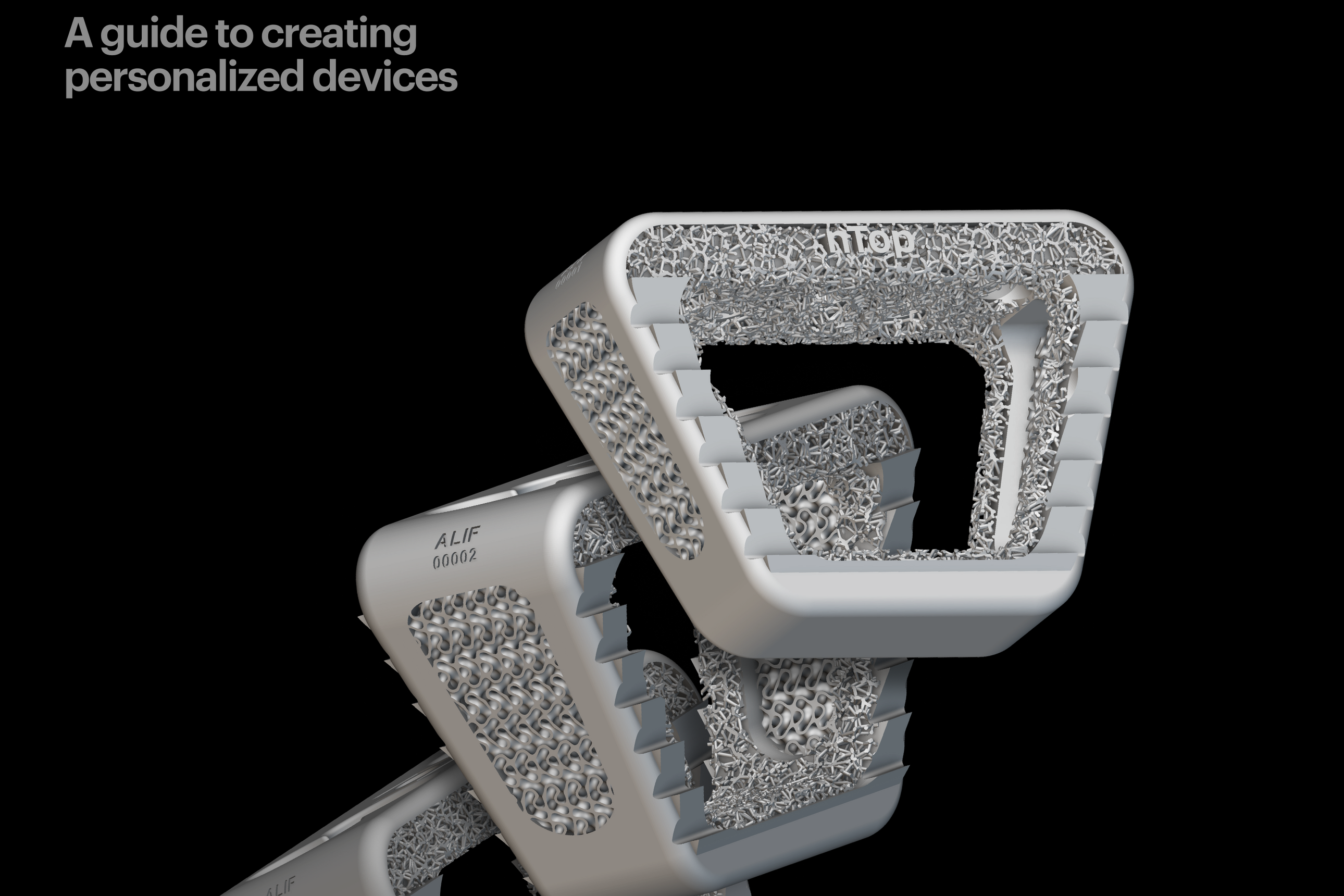
- VIDEO
Design a spooky Halloween candy bowl in nTop
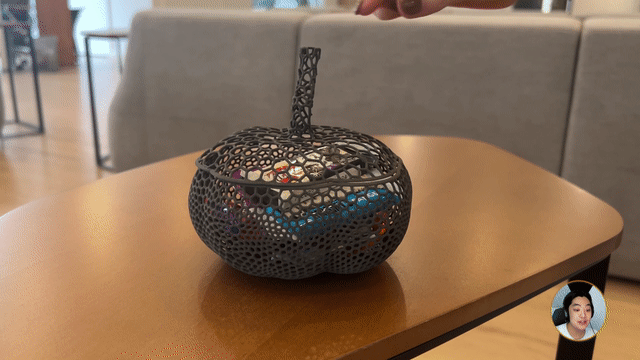
- ARTICLE
Improving the biomechanical profile of additive hip implants with Field Optimization
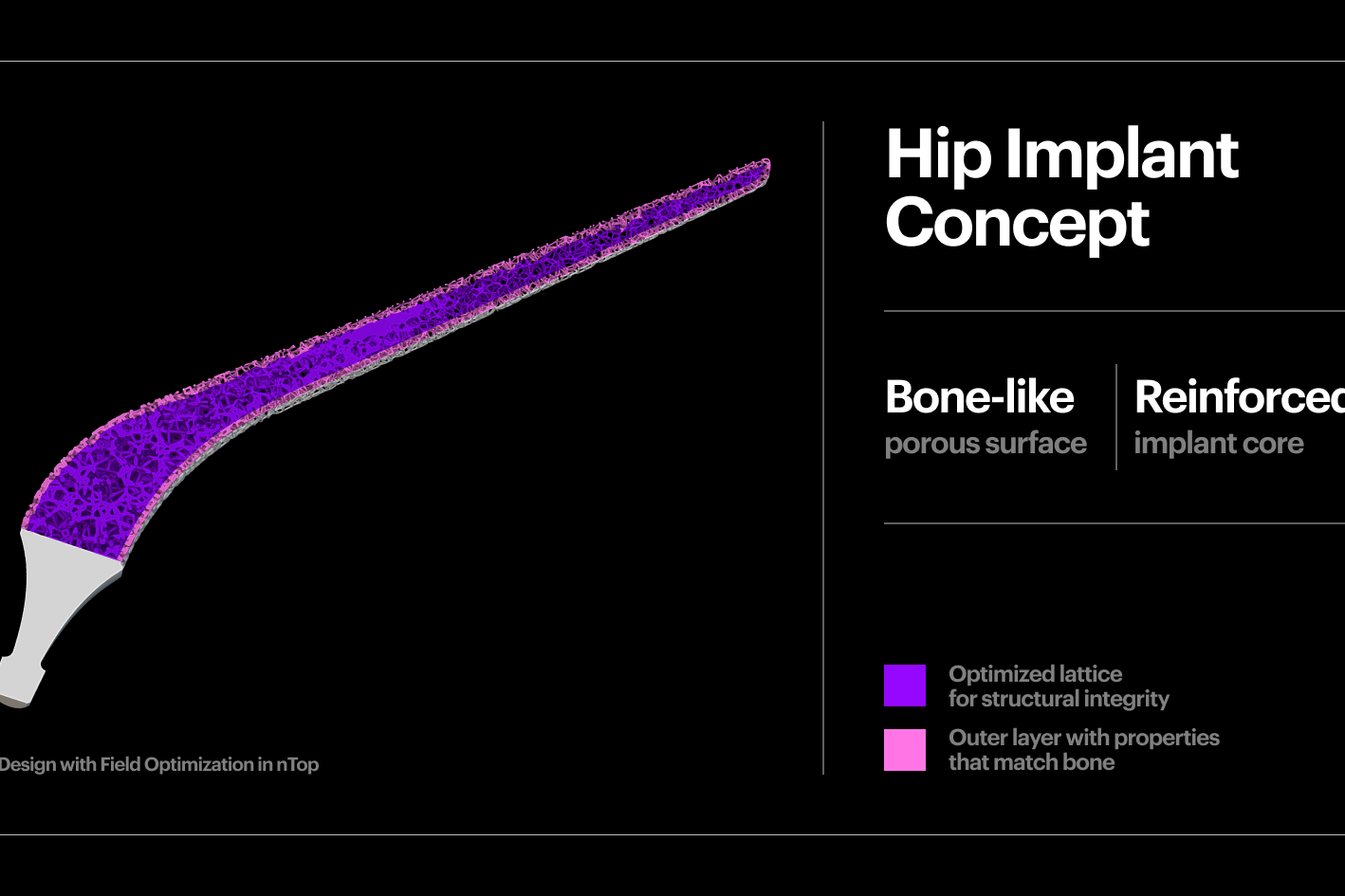
- ARTICLE
Design at scale with nTop Automate
